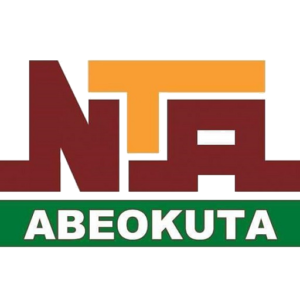
Monday 02/June/2025 – 01:04 AM
A special source revealed to Cairo 24 that the tripartite committee formed by the Ministry of Tourism and Antiquities, which is charged with expressing its artistic opinion on the excavation incident at the bottom of the Child Culture Palace in the Abu Al -Joud area, confirmed during its testimony before the investigation authorities, which lasted for more than four hours, that the drilling was made with the aim of searching and excavating the antiquities, and not for any other reason.
A tripartite committee reveals: a 5 -meter depth hole, a 9 -meter tunnel, and an archaeological evidence that confirms the intention of research
The source pointed out that during the inspection, the committee found the remains of pottery pots and pieces of Roman bricks, and a hole was also monitored with a depth of 5 meters, from which a tunnel extends for a distance exceeding 9 meters towards the street, with a width of approximately two meters.
Earth landing and hidden connections
During the field inspection, the committee noted a land drop in the street adjacent to the excavation site, and also monitored unusual electrical connections and wooden intensity that leads to a closed neighboring building, affiliated with the child’s culture and is subject to restoration work.
A technical certificate in front of the investigation authorities extends for more than 4 hours and demands that a closed apartment be opened to examine the reserve
The committee called for the opening of a closed apartment with an area of about 140 meters located on the basement of the building, where the committee was surprised by the presence of piles of the reserve, and by analyzing it, it was found that there were archaeological evidence similar to what was previously found, which strengthened the conviction that the site was already used for illegal archaeological excavation purposes.
The committee’s report also confirmed that the excavation was deliberately depth with the aim of reaching the foundations, which is not justified for any construction purposes, but rather clearly indicates the intention of excavating antiquities, a crime punishable by law.
The committee’s report before the prosecution: “There is no doubt”
In its technical report submitted to the Public Prosecution, the committee concluded that “there is no doubt that the excavation work was carried out with the intention of excavating antiquities,” stressing that the documented and constructive evidence that supported this conclusive support.






